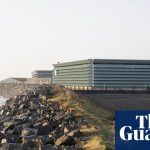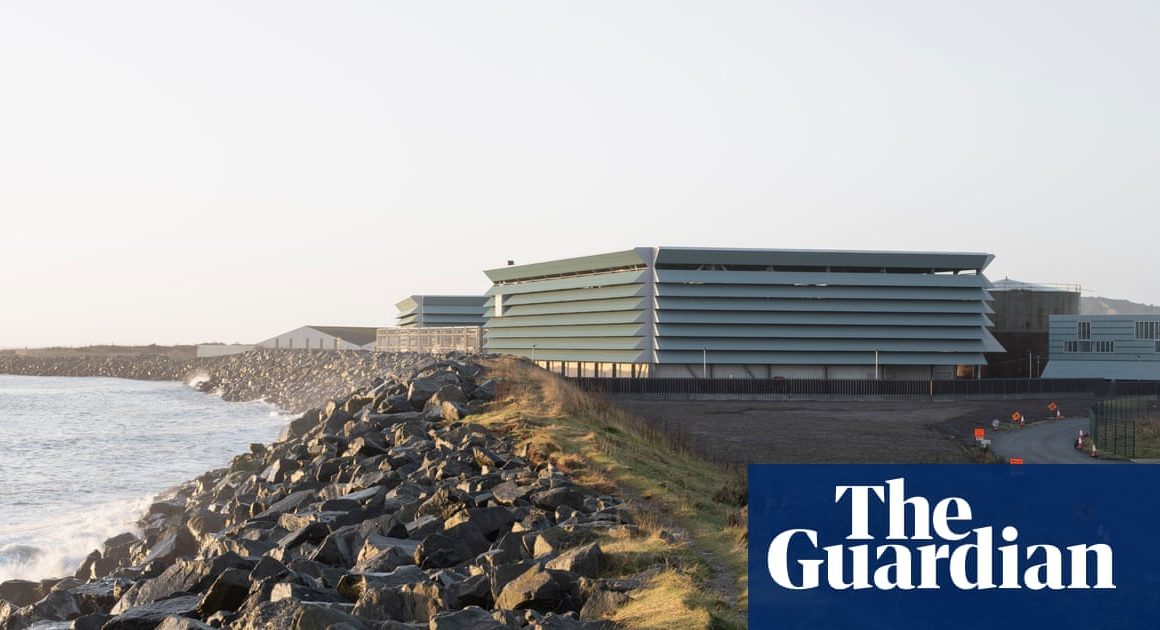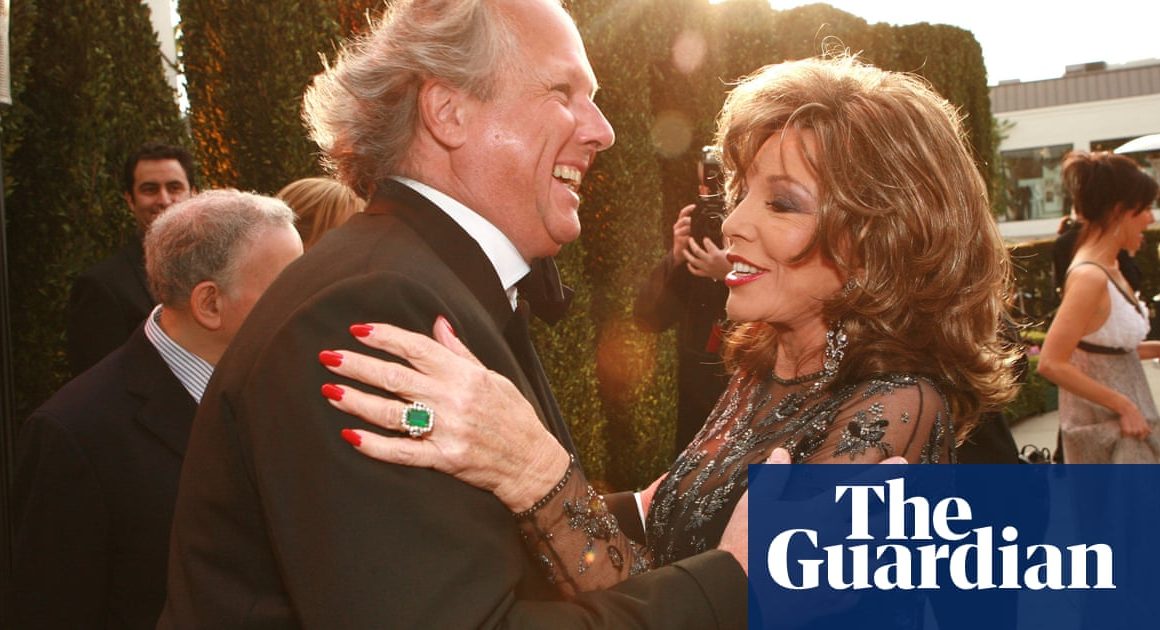On Golba Hill on the Caribbean island of St Vincent and the Grenadines (SVG), just below a cluster of colourfully decorated homes, there are rows and rows of premium marijuana plants. Gleaming like green gold in the Caribbean sun, they lead up to a crudely constructed hut where cannabis farmer Bobbis Matthews spends most of his time nurturing and protecting his precious field.
As he did his routine inspection, removing male plants that could diminish the potency of his crop, Matthews recalled a time, not too long ago, when the idea of a cannabis farm in a residential area was unthinkable.
Like many of SVG’s cannabis farmers, Matthews is a Rastafarian who spent years hiding illegal cannabis fields deep in the mountains and living in fear of US-backed antinarcotics operations that would destroy millions of dollars worth of the plant.
“It was hard! At least three times a year, US helicopters would come and tear down the crop. In those days, it felt like you couldn’t even say the word marijuana because just to say marijuana, you could get arrested,” Matthews said.
“We had a song called Helicopter. It was about the panic and franticness whenever you hear the sound of the helicopter,” added Matthew’s cousin Erasto Robertson, a conservationist and fellow Rastafarian farmer.
“Back then, we had to develop a good relationship with the police. And some would protect us because the policeman sometimes was the son or the brother of the marijuana farmer. They were the same blood, so they were protecting their family and the wealth of their family,” Robertson said.
But the plant was much more than just a means of income, he added. The medical benefits that science is now discovering, he said, have always been common knowledge in Rastafarian communities, who see it as a sacred gift, not just for recreation and religious experiences but also as a treatment for pain, asthma, epilepsy and other ailments. In SVG, the government is backing their efforts to promote the benefits of marijuana and create a flourishing medicinal marijuana industry.
In December 2018, the country offered amnesty to the traditional farmers, decriminalised the use of the plant and passed laws to establish a medical cannabis industry and an authority to oversee and regulate it. Today, farmers can get a free licence with a subsidised application fee of $100 (East Caribbean dollars; £28.95), and companies on the island producing marijuana products must buy 10% of their plants from traditional farmers. Additionally, people are allowed to have up to 56 grams of cannabis – though there are still limits on public use.
The historic change was made after consultations with the Rastafarian community and traditional farmers, said Dr Jerrol Thompson, CEO of the SVG Cannabis Authority.
An infectious disease and immunology doctor, Thompson is a passionate proponent of the benefits of cannabis and believes SVG can share in a trade that is becoming more and more lucrative, with research forecasting that the legal cannabis industry will hit $58bn in sales in 2028.
But it’s a tough global market still wrestling with lingering stigma and legal bans, making international trade very difficult, Thompson said.
SVG and other Caribbean countries wanting to market cannabis would also have to compete with richer countries like Canada, which, according to statistics, saw an all-time high in sales of legal adult-use cannabis in 2023, reaching C$5.2bn(Canadian dollars).
And there are inherent challenges of vulnerability to natural disasters. A major volcanic eruption in 2021 destroyed almost all the country’s agricultural produce, burying cannabis fields in ash.
“Six, eight inches of ash. This entire landscape was covered with that amount of ash,” Matthews said, pointing to the range of mountains that stretch toward the 4000-foot La Soufrière volcano.
“I lost my entire field. But not just me; every ganja farmer – every farmer for that matter, every tomato farmer, every sweet potato farmer,” he added. And while still recovering from the eruption, the country bore the wrath of Hurricane Beryl, which caused total devastation on some of its 32 islands.
Farmers say they are struggling to match the income they used to get on the illegal market.
“Rastafarians across the region are very worried because they do not have the financial capacity to be able to uphold themselves in the industry,” the Saint Lucian chair of the public relations committee for Caribbean cannabis fair trade, Emanuel Alexander Ras Faii, said. The solution, he added, is to focus on local and regional markets.
“We need to make sure that we have national trade moving effectively in all islands and regional trade within the region before we think about difficult international markets. We cannot forget that we have a commitment in the region,” he said.
Thompson agrees that national and regional markets are important. One of his aims for a recent cannabis festival, which included regional trade experts, was to determine how inter-Caribbean trade could work.
“The Caribbean is poised to become the first intensive zone of medicinal cannabis legalisation in the world. Jamaica was the first in 2015, followed by Saint Vincent and the Grenadines in 2018. Since then, more islands have followed, including Antigua, Barbados, and Saint Kitts and Nevis,” Thompson said.
Other Caribbean countries, he added, have decriminalised or are looking to decriminalise for recreational and spiritual use and establish medical cannabis industries and regulatory authorities.
But there are still many hurdles. In addition to climate vulnerability, a lack of capital for investment and comparatively small populations could hamper the industry’s development. The solution, he said, was to focus on tourism and unique selling points, such as SVG’s rare andosol volcanic soil, which is ideal for producing a high-quality cannabis harvest.
“If you have a nation that has 60, 70, or 100 million people, you have a good internal market. But we don’t have a very large internal market, and so the visitors are an important source of sales.
“Our goal is that as we build the reputation of Saint Vincent and the Grenadines as a high-quality producer nation with high-quality manufactured products, this will boost our regional and international exports and benefit the traditional cultivators,” he said.












